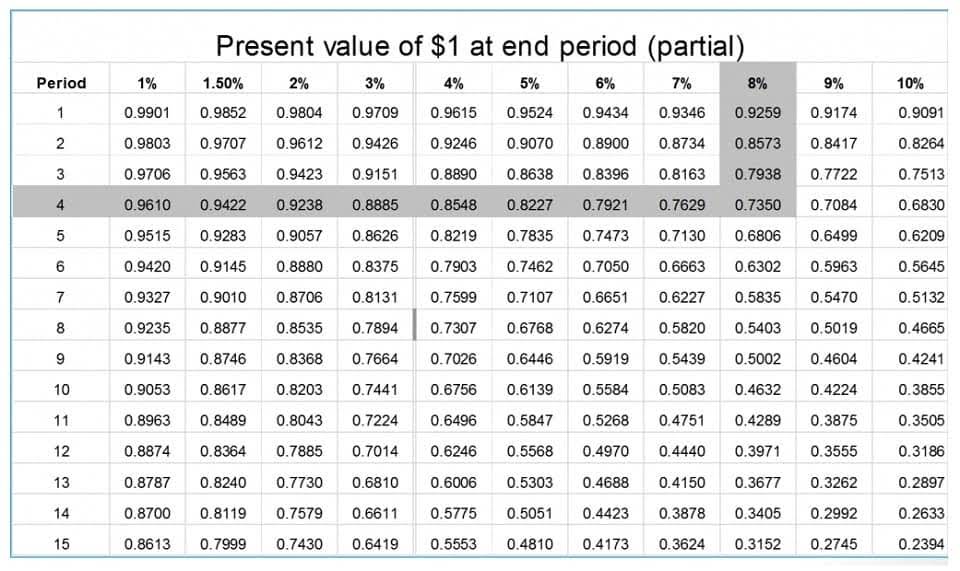What is a Suspense Account in Accounting? Definition and Examples

This temporary assignment prevents the premature recording of financial activity in a https://www.bookstime.com/ way that might necessitate later corrections, which can be both time-consuming and costly. The most important point to understand is that transactions are recorded in the suspense account only temporarily and need to be relocated to their correct permanent accounts as soon as possible. A suspense account is a temporary holding account used to record financial transactions that have questions around their accuracy and validity. The purpose of a suspense account is to temporarily store transactions that cannot be immediately classified into a specific account due to incomplete information or uncertainty. This accounting practice helps in maintaining the accuracy of financial statements while additional information is gathered. Imagine you deposit money into your brokerage account to buy stocks, but there’s a delay in processing your investment choice, or there’s ambiguity about your instructions.
- For instance, at ABS, a discrepancy of $500 was discovered between credits and debits.
- You have received cash from one of the credit customers amounting to $10,000.However, the customer has not specified the invoice from the outstanding ten invoices he has paid.
- A mortgage servicer can use a suspense account to hold funds when a borrower falls short on their required monthly loan repayment, possibly by accident.
- The utility of suspense accounts is evident in various scenarios, such as when a company receives a payment without adequate details to determine its source or purpose.
- Suspense accounts and error correction are popular topics for examiners because they test candidates’ understanding of bookkeeping principles so well.
Example 5: Data Errors

Otherwise, material and important information might be omitted and go unnoticed, which is, of course, not advisable from a user perspective. In situations where a financial transaction spans multiple accounting periods, a suspense account can be used to hold the entry until the appropriate period is reached. This is particularly relevant when accruals or deferrals are suspense account involved, where the transaction occurs in one period but is not recognized until a subsequent period. When an accounting error is identified, such as a misclassification of expenses, the incorrect entry would be moved to a suspense account while the error is investigated and then ultimately corrected. Get granular visibility into your accounting process to take full control all the way from transaction recording to financial reporting. Together, these advanced tools from HighRadiu streamline the reconciliation process, enhancing compliance with international accounting standards.

Example of using suspense accounts

Hence this account helped him unearned revenue to keep the transaction in the books of accounts and, at the same time, deter him from putting it under the wrong category. Some jurisdictions have rules and regulations regarding suspense accounts because they are considered a control risk. The bookkeeper is unable to balance the company’s trial balance, with the credit column exceeding the debit side by $500.
Impactful Use Cases of Robotic Process Automation in Finance and Accounting
- The rules that mortgage servicers must follow are spelled out by the Consumer Financial Protection Bureau, which enforces the federal Real Estate Settlement Procedures Act.
- The Excess Interest Distribution Account shall not be an asset of any Trust REMIC, but rather shall be an asset of the Grantor Trust.
- Let’s say that the borrower’s payment was increased to $975 per month for this example.
- You might be unsure about which department of your business to charge, so you place the amount in a suspense account.
- At first, Michelle did not recognise the amount so she included this in her accounting records by debiting the suspense account and crediting the bank account.
The process of resolving entries in a suspense account is methodical, requiring diligent examination of each transaction to determine its rightful place in the financial records. Accountants must scrutinize the details surrounding each entry, often collaborating with other departments to gather missing information or to clarify ambiguous details. This may involve tracing back the origins of a deposit or dissecting a complex payment received, which could be a blend of income, customer deposits, or even an error that needs rectification.

Understanding how to properly use suspense accounts can help ensure your accounting practices are accurate and compliant. The brokerage suspense account is essential for managing the fluid nature of investments and transactions. It provides a buffer that safeguards both the investor’s assets and the brokerage firm’s integrity until the proper allocations can be made. The use of a mortgage suspense account helps ensure that payments are not misapplied or remain unaccounted for while processing. It serves as a safeguard that keeps funds in a known location until all the details can be sorted out and the payments can be accurately applied to the mortgage as intended.

